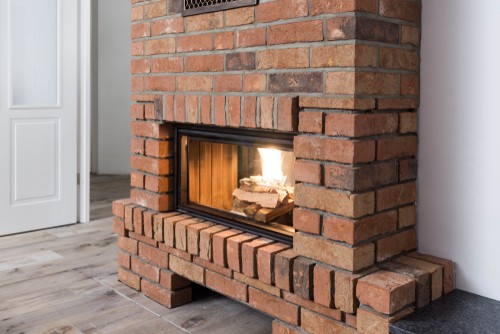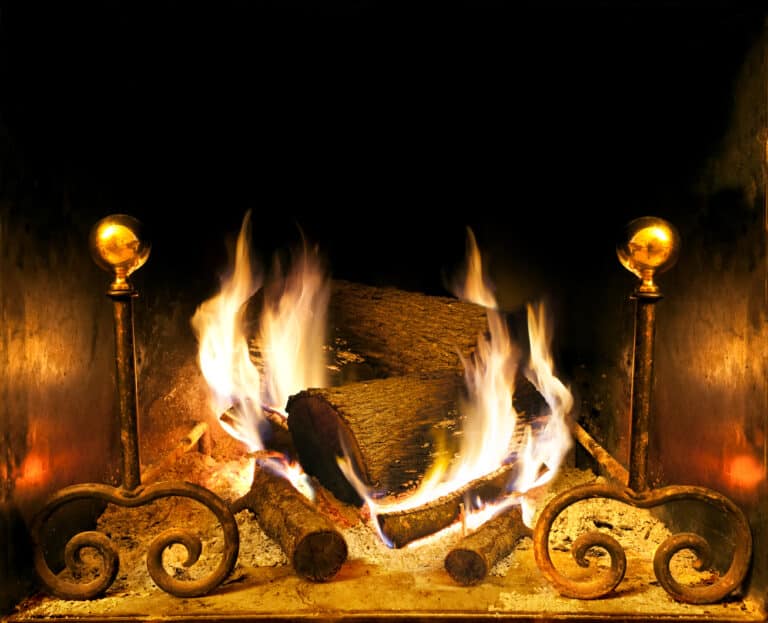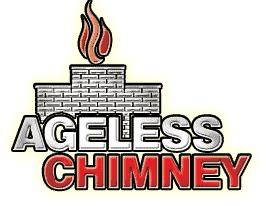Chimney Repair in Meatpacking District, NY.
What our clients say




View our work
Browse all Services
contact us
Essential Questions to Ask Before You Hire a Chimney Repair Company in Meatpacking District, NY

Chimney Repair That’s Beyond Compare in New York County
Are you experiencing issues with your chimney? Perhaps white stains have developed on the surface of your chimney, the bricks are loose and crumbling, or the cap has fallen off; whatever the case may be, don’t ignore the signs of damage or neglect! A damaged chimney can pose serious risks to your safety and property. For the most reliable chimney repair services in Meatpacking District, NY, Ageless Chimney is the only company to call. With almost 20 years of experience, a proven track record of excellence, and dozens of satisfied clients, we’re confident that we can meet your needs and exceed your expectations.
To request a free estimate and to schedule an in-person consultation at your New York County home, don’t hesitate to call us at 516-795-1313. The team at Ageless Chimney is looking forward to assisting you with all of your chimney repair needs.
Owner Operated
Because all jobs are handled by an owner, you can rest assured that your project will command the attention it deserves.
Free Estimates
Great service at the best price. We will not be undersold. Our estimates are FREE and we will beat any written estimate.
24-Hour Emergency Service
Ageless Chimney is one of a few chimney companies to offer TRUE 24-hour emergency service should you need it.

Questions to Ask Before Hiring a Chimney Repair Company in Meatpacking District, NY
When it comes to the maintenance and safety of your home, hiring the right chimney repair company is crucial. A well-functioning chimney ensures proper ventilation, prevents fires, and protects your home from smoke and hazardous gasses. Before making a decision, it’s essential to ask the right questions to ensure you’re choosing a reliable and experienced chimney repair company in Meatpacking District, NY. At Ageless Chimney, we understand the significance of addressing your concerns. Here are some essential questions to ask before hiring a chimney repair service:
- How long has your company been providing chimney repair services in Meatpacking District, [NY?
Experience is a key factor when it comes to chimney repair. A company with a long-standing presence in Meatpacking District, NY demonstrates its ability to handle various repair scenarios effectively. At Ageless Chimney, we have been proudly serving the community for nearly 20 years, providing reliable and top-notch chimney repair services.
- Are your chimney repair technicians certified and insured?
It’s crucial to ensure that the chimney repair technicians working on your home are certified and insured. Certification ensures that they have undergone rigorous training and possess the necessary skills to handle chimney repairs safely and effectively. Insurance protects you from liability in case of any unforeseen accidents or damages during the repair process. At Ageless Chimney, our technicians are highly trained, certified, and fully insured to give you peace of mind.
- What types of chimney repair services do you offer?
Chimney repair needs can vary, ranging from minor repairs to complete chimney rebuilds. It’s important to choose a company that offers a wide range of chimney repair services to address any issues that may arise. At Ageless Chimney, we provide comprehensive chimney repair services in Meatpacking District, NY. Our expertise includes chimney cleaning, chimney liner repair, chimney crown repair, chimney cap installation, masonry repairs, and more.
- Can you provide references or customer testimonials?
Requesting references or reading customer testimonials can give you valuable insights into the quality of service provided by a chimney repair company. It allows you to gauge their reputation and customer satisfaction levels. At Ageless Chimney, we take pride in our numerous satisfied customers. We are happy to provide references or direct you to our online testimonials to showcase the positive experiences of our past clients.

Contact Ageless Chimney for Expert Chimney Repair Services in Meatpacking District, NY
When it comes to chimney repairs, it’s important to hire a trusted and experienced company. At Ageless Chimney, we have been serving Meatpacking District, NY, and the surrounding areas with exceptional chimney repair services. Our certified technicians, comprehensive range of services, and commitment to customer satisfaction set us apart. Contact us at 516-795-1313 to schedule a chimney inspection or repair service. Trust Ageless Chimney for all your chimney repair needs in Meatpacking District, NY, and enjoy a safe and functional chimney for years to come.
Have a question?
A Lenape trading station called Sapohanikan was on the riverbank, which, accounting for landfill, was located about where Gansevoort Street meets Washington Street today. The footpath that led from Sapohanikan inland to the east became the foundation for Gansevoort Street, which by accident or design aligns, within one degree, so that the Manhattanhenge phenomenon, where the setting sun crosses the horizon looking down the street, occurs at the spring and autumnal equinoxes. In recognition of this history, petitions were made to call the 14th Street Park “Saphohanikan Park”, although it appears no formal recognition was given.
The earliest development of the area now known as the Meatpacking District came in the mid-19th century. Before that it was the location of Fort Gansevoort and of the upper extension of Greenwich Village, which had been a vacation spot until overtaken by the northward movement of New York City. The irregular street patterns in the area resulted from the clash of the Greenwich Village street system with that of the Commissioners’ Plan of 1811, which sought to impose a regular grid on the undeveloped part of Manhattan island.
Construction of residences in the neighborhood – primarily rowhouses and town houses, some of which were later converted into tenements – began around 1840, primarily in the Greek Revival style which was prominent at the time. By mid-century, with Fort Gansevoort replaced by freight yards of the Hudson River Railroad, a neighborhood developed which was part heavy industry and part residential – a pattern which was more typical of an earlier period in the city’s history but which was becoming less usual, as industry and residences began to be isolated in their own districts. In the western portion of the neighborhood, heavy industry such as iron works and a terra cotta manufacturer could be found, while lighter industry such as carpentry and woodworking, lumber yards, paint works, granite works and a plaster mill blended into the residential area. At the time of the Civil War the part of the district west of Ninth Avenue and Greenwich Street and above 10th Street was the location of numerous distilleries making turpentine and camphene, a lamp fuel.
Learn more about Meatpacking District.Local Resources
Useful links for Meatpacking District, NY
- Open a Meatpacking District, NY map
- Find the Meatpacking District, NY United States Post Office
- Locate nearby Meatpacking District, NY pharmacies
- View the current Meatpacking District, NY weather report
- Browse a list of Meatpacking District, NY public and private schools
- Meatpacking District, NY is located in New York county in New York State
Useful Links
Here are some chimney-related links:
